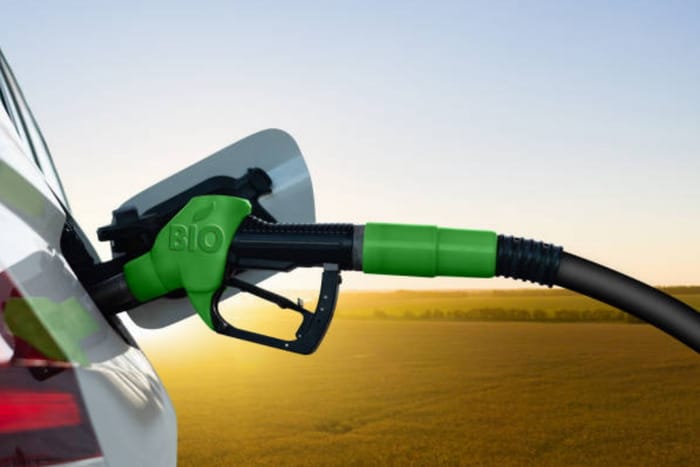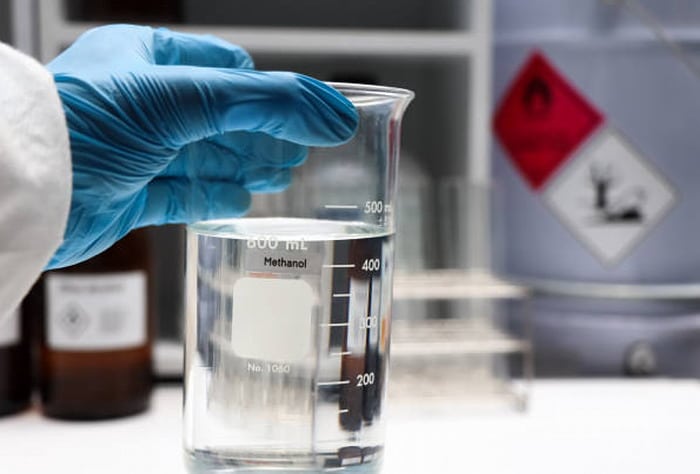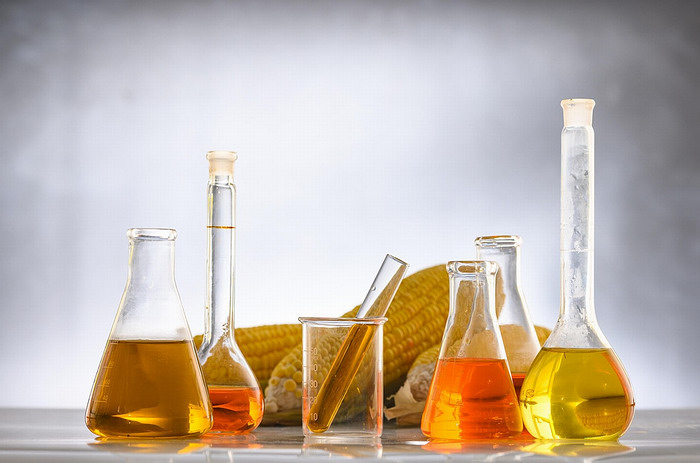In the world of alcohols, where chemical compounds and their applications take center stage, ethanol and methanol emerge as two prominent contenders. These alcohol-based compounds play significant roles in various industries, from energy production to medicine, but they are far from interchangeable. To understand their individual merits and applications, it’s essential to explore the ethanol vs. methanol face-off.
1. Chemical Structures
At first glance, both ethanol and methanol may seem quite similar, given that they share the “-ol” suffix denoting an alcohol. However, their chemical structures are notably distinct. Ethanol, also known as ethyl alcohol, has two carbon atoms, whereas methanol, or methyl alcohol, contains just one. This seemingly minor difference has profound implications for their properties and uses.
2. Toxicity
One of the most critical distinctions between ethanol and methanol lies in their toxicity. Ethanol, found in alcoholic beverages, is relatively safe for human consumption in moderate quantities. Methanol, on the other hand, is highly toxic and can lead to severe health issues or even death when ingested. It’s commonly used as an industrial solvent and antifreeze but should never be consumed.
3. Energy Production
Ethanol has gained widespread recognition as a biofuel. It is produced through the fermentation of sugars and starches in plants, such as corn and sugarcane. Ethanol is utilized as an alternative, renewable energy source, blended with gasoline, and often referred to as E85 when combined with 85% ethanol. Methanol is also used as a fuel, particularly in the racing industry, but it’s less commonly found at the pump.
4. Medicinal Uses
Ethanol is utilized in various pharmaceutical and medical applications. It’s an essential component in the manufacturing of many medications, including antiseptics, disinfectants, and some vaccines. Ethanol can also be used as an emergency antidote for methanol poisoning, as it competes for the same metabolic pathways.
5. Industrial Applications
Methanol, with its toxic properties aside, plays a crucial role in various industrial processes. It is used as a solvent, antifreeze, and as a feedstock for the production of chemicals like formaldehyde and acetic acid. Ethanol also finds applications in industry, often as a solvent or fuel additive.
6. Environmental Impact
Ethanol, particularly when derived from renewable sources like sugarcane, is considered a more environmentally friendly fuel option due to its lower carbon footprint. Methanol, while used as a fuel, is generally considered less eco-friendly.
7. Flammability
Both ethanol and methanol are flammable, but methanol has a lower flash point, making it more prone to igniting at lower temperatures. This property is a significant concern in industrial settings and is one reason why safety measures are stringent when handling methanol.
8. Price and Availability
Ethanol is more readily available and less expensive than methanol. This is partly due to its widespread use in the food and beverage industry, which drives production economies of scale. Methanol’s applications in various industries are somewhat niche, contributing to its higher cost.
9. Environmental Impact
The production and use of ethanol have garnered attention for its potential positive environmental impact. Ethanol produced from renewable sources, such as sugarcane or corn, can reduce greenhouse gas emissions when used as a biofuel. Its renewable nature and carbon-neutral cycle make it an attractive choice for lowering the carbon footprint in the transportation sector. Methanol, while serving industrial needs, doesn’t enjoy the same environmental recognition as ethanol.

Ethanol is a renewable fuel that lower the emissions of a vehicle, image source: Unsplash
10. Alcohol in Beverages
Ethanol is the alcohol found in alcoholic beverages, and its consumption, when done responsibly, has been a part of human culture for millennia. It’s used in spirits like whiskey, vodka, and wine. On the other hand, methanol, even in small quantities, can be extremely harmful if ingested. The presence of methanol in alcoholic drinks, as a result of poor distillation or illegal production, has led to severe health issues and even death in some cases.
11. E85 and Flex-Fuel Vehicles
The emergence of E85, a blend of 85% ethanol and 15% gasoline, has led to the development of flex-fuel vehicles that can run on both gasoline and E85. This blend aims to reduce the environmental impact of transportation by using ethanol’s renewable properties. Methanol hasn’t seen a similar widespread adoption in the automotive industry.
12. Emerging Applications
Research into new applications for both ethanol and methanol is ongoing. Ethanol, with its renewable and sustainable nature, is being explored for its potential in creating cleaner, more sustainable energy solutions. Methanol, due to its high energy density and compatibility with fuel cells, is being studied for its potential as an alternative fuel source for various industries.
13. Recycling and Sustainability
Ethanol’s green credentials extend to the realm of recycling. It can be produced from bio-waste and agricultural residues, contributing to waste reduction and sustainability. This aspect of ethanol aligns with the global push to develop cleaner and more environmentally friendly fuels.
14. Regulatory Differences
The use of ethanol in the food and beverage industry is subject to strict regulations to ensure its safety for consumption. Methanol, being toxic, has stringent industrial safety regulations, focusing on its proper handling and storage to avoid accidents.
15. Future Potential
Both ethanol and methanol are subjects of ongoing research for their potential in renewable energy. Ethanol is being explored as a candidate for advanced biofuels, with a focus on optimizing production methods and increasing its energy efficiency. Methanol is under investigation for applications in fuel cells, offering high energy density and cleaner emissions.

Methanol used as fuel is more toxic compared to ethanol, image source: Unsplash
16. Biodegradability
Ethanol is biodegradable, making it an environmentally friendly choice when it comes to accidental spills or waste management. Methanol also exhibits biodegradability, but its toxic properties require careful handling even during biodegradation processes.
Conclusion: Ethanol and Methanol – A Dual Force in the Chemical Landscape
In the ethanol vs. methanol face-off, each alcohol has carved its niche in the vast landscape of chemical compounds. Ethanol, with its safety for human consumption and renewable energy applications, offers a sustainable and versatile option. Methanol, despite its toxicity, remains a valuable industrial chemical, contributing to the manufacturing of numerous products.
Understanding the differences and applications of these alcohols allows us to appreciate their significance and the pivotal roles they play in diverse fields, from energy production to medicine and beyond.
As the world continues to seek cleaner and more sustainable solutions for energy and chemical production, both ethanol and methanol are likely to play crucial roles. Their distinct properties, strengths, and applications highlight their unique contributions to the chemical landscape, promising to shape our future in diverse ways. Understanding these alcohols, their differences, and their potential opens the door to innovative and sustainable solutions in various industries and scientific endeavors.



